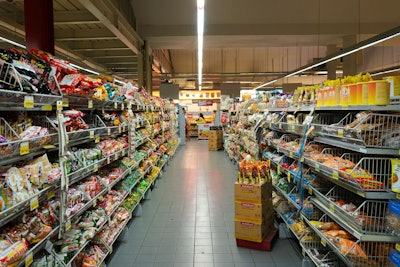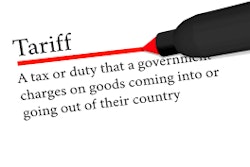
A recent study forecasts that the global BOPA films market will witness remarkable opportunities during the coming decade as flexible packaging becomes more popular among the consumers. Over the last few years, consumers have rapidly inclined towards flexible packaging owing to its portability and convenience factors such as resealability, microwaveable packaging, easy-open packs, carry-away packs, and longer shelf lives.
BOPA films are suitable for packaging of food products like frozen and cooked food, liquid and viscous food, liquid bag-in-box, fruits & vegetables, which has won them a special place in food packaging amongst most vendors.
Technological advancements in pharmaceutical packaging such as next-generation blister packaging and serializable blood & parenteral nutrition bags made from BOPA films are expected to play a crucial role in demand growth of the market.
Analysts also expect that increased production of a wide array consumer goods will require packaging formats such as single-dose creams and soaps and stand up pouches, which will also open up add to the revenue earned by the market in the coming decade.
Key Takeaways of BOPA Films Market Study
- Food industry is estimated to be the key end user of BOPA films market and it is poised to account for 2/3rd of the BOPA films global market by 2030
- A substantial portion of the BOPA films market share is captured by nylon 6 grade as end user prefer its high impact strength and easy orientation from both axis
- 11 to 20 microns is the preferred thickness in the manufacturing of BOPA films, which is likely to account for 60% of the global market by value at end of 2030
- East Asia to represent an incremental opportunity of US$ 241.4 Mn by the end of 2030 with presence of major BOPA films manufacturers such as Unitika, Mitsubishi, Toray, and others in the region
“The demand for BOPA films in packaging is expected to increase in the years to come as the companies opt for flexible for functional solutions at affordable pricing. Increasing beauty and cosmetic industry and rising demand for improved packaging in the pharmaceutical industry are also projected to give the BOPA market a shot in the arm,” says an analyst.
Demand for Transparent Packaging Solutions for Easy Recognition to Up BOPA Consumption
Transparency of a package is often a preferred form of packaging by most end users. If consumers aren’t able to see what’s inside the package, they are less likely to purchase it. As the demand for see-through packaging is on the rise, particularly in the packaging of food products, it is expected to boost the uptake of BOPA films.
Clearer packaging gives a visually pleasing look and therefore enhances the product's shelf visibility. Thus, transparent packaging serves as a value addition to the consumer goods market, where product separation and quick identification is the focal point.
Transparent and flat surfaces can also be attained by using multi-layer BOPA films as they offer superior transparency and improves the overall quality of the package. This also saves on packaging costs for printing, and labelling, as the majority of the surface is intended to give the package a visual appeal.
In addition, the glossy surface of BOPA films, which gives the perfect print finish, would give stakeholders an ability to sell their brands by improving the overall appeal of their products. Benefits also include adding mechanical strength and heat resistance to the film, high ductility, and impact strength to film, which is boosting its market growth.
Impact of COVID-19 on BOPA Films Market
Significant amount of BOPA films demand is reliant on food packaging industry. The BOPA films are used in the packing of meat & poultry, cheese, frozen food, ready-to-eat foods, fresh fruits and vegetables. Due to COVID–19 outbreak, people are also opting for packaged food items, which has had a short-term positive impact on the market.
Consumers are expected to prefer packaged food due to its limited handling. Furthermore, as the packs can be disinfected and stored, consumer is likely to spend more on this segment.
On the flip side, the global uncertainty of COVID–19 has impacted the BOPA films market with disruption of production, raw material procurement, and supply to end users. Analysts anticipate that this continue for the next two quarters of 2020.
Rapidly changing consumer shopping habits from offline to online platforms, unused stock and inventory across food & beverage segment, and extended lockdowns are expected to negatively impact the BOPA market.



















